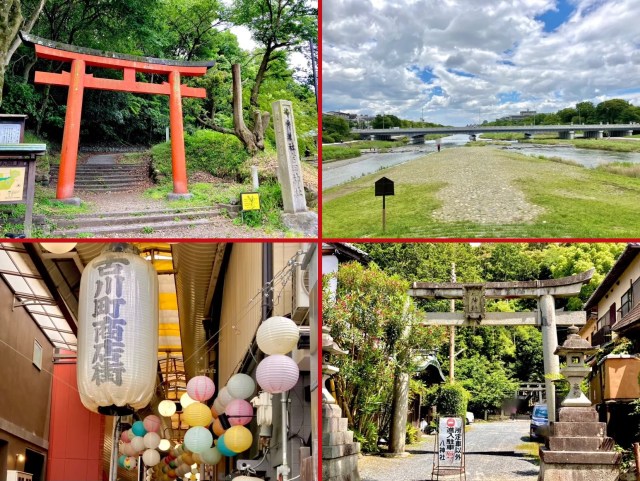
Heian Shrine, Nishiki Market, and more in the third part of our skip-the-bus route through Kyoto.
Slip on your shoes, because it’s time for Part 3 of our no-bus Kyoto sightseeing course! Or, actually, keep your shoes on, because our entire multi-part guide is tracing the on-foot route we took through Japan’s former capital in a single day.
For those just joining us, the reason we put together this guide is that many of Kyoto’s temples, shrines, and other sightseeing attractions don’t have train or subway stops near them. A lot of them have nearby bus stops, but between locals and tourists Kyoto’s buses have become extremely crowded these days, sometimes so much so that there’s no space for any new passengers to get on when they pull up to a stop.
So we decided to plot a walking course through the city, hitting both major destinations and smaller, off-the-beaten path points of interest. For the purposes of this guide, we’re focusing on the route itself, so we haven’t built time spent sightseeing at the places along the way into our guide. As you’ll see, we’ll be hitting to a ton of different places, so we’ll leave the choice of which ones to step inside of up to you.
In Part 1, we walked from Kyoto Station to Fushimi Inari Shrine, and from there to Kiyomizudera Temple. Part 2 took us from Kiyomizudera to Nanzenji Temple, which is where we’re resuming the route.
● Section 4: Nanzenji Temple to Shimogamo Shrine
Nanzenji (pictured above) is in Kyoto’s Sakyo Ward, which, even for Kyoto, is densely packed with places of cultural and historical importance. After leaving Nanzenji, our next stop is Eikando (永観堂). With its lush, forest-like garden, this temple is especially popular during the fall colors season, but the robust green leaves of early summer are quite pretty too.
▼ Walking route from Nanzenji to Eikando
From there, we continue hugging the eastern edge of the city and pass by Nyakuoji Shrine (若王子神社)…
…putting us on Tetsugaku no Michi (哲学の道), also known as the Philosopher’s Path. This is one of Kyoto’s most famous cherry blossom-viewing spots, but it’s a lot less crowded, and with a different allure, outside of sakura season.
Down paths that branch off from the Philosopher’s Path to the east are Otoyo Shrine (大豊神社)…
…and Honenin Temple (法然院), where the calm, serene atmosphere is also conducive to philosophical musings (or just zoning out and decompressing).
Keep walking north on the Philosopher’s Path until it ends, then hang a quick right and you’ll come to the entrance of one of Kyoto’s most famous attractions, Ginkakuji (銀閣寺), also sometimes called the Silver Pavilion. Though the original plan to cover the inner building’s exterior in silver was never carried out, this is still renowned as one of Kyoto’s most elegant temples.
Right next to Ginkakuji is Jodoin Temple (浄土院)…
…and just two blocks north of that is Hachi Shrine, which was founded more than a millennium ago, in 794, the very same year that Kyoto became the capital of Japan, and it’s associated with onmyodo mysticism.
So far, we’ve spent this whole section of the route on the east side of Kyoto, but now it’s time to turn west. After passing through a more modern, residential part of the city, we reach Yoshida Shrine (吉田神社).
As we continue west, we’re actually walking along the northern edge of Kyoto University, as we make our way to Hyakumanben Chionji Temple (百万遍知恩寺).
Still heading west, our next landmark is the Kamogawa River, which divides central Kyoto from the east-side neighborhoods. More specially, we’re headed to the Kamogawa Delta (鴨川デルタ), which is a great spot to rest your feet and snap some photos.
Before we head back to the west side of the river, though, we’re going to turn north so we can hit Shimogamo Shrine (下鴨神社).
We’d started our route that morning at Kyoto Station at 7 a.m., and even with all the ground we’d covered it was still before noon, 11:20 a.m., when we got to Shimogamo.
● Section 5: Shimogamo Shrine to Higashi Honganji Temple
For the start of this section, we’re actually hopping back over to the east side of the river so that we can veer south to get to Kyoto’s Kumano Shrine (熊野神社).
While we’re nearby, our route also take us over to the opulent Heian Shrine (平安神宮), a genuine must-see for visitors to Kyoto, and its absolutely gigantic torii gate.
The Furukawacho shopping arcade (古川町商店街) isn’t as regal as Heian Shrine, but it’s colorful retro vibe will draw you in all the same.
Leaving the arcade, our next stop is Yoboji Temple (要法寺)…
…followed by Danno Horinji Temple (檀王法林寺).
Okay, now it’s time to cross over the Kamogawa River, via the Sanjo Ohashi Bridge (三条大橋)…
…after which we come to Seishinin Temple (誠心院).
We’re now in a part of Kyoto where the contemporary and traditional rub metaphorical elbows with each other, like at Eifukuji (蛸薬師堂), a temple that’s right next to a modern sweets shop.
Also in the vicinity is Anyoji Temple (安養寺)…
…which is just one street over from Nishiki Market (錦市場), where the 100-plus food vendors and restaurants have earned the covered arcade the nickname of “Kyoto’s kitchen.”
Yasaka Shrine’s Otabisho (八坂神社御旅所) is a special detached part of Yasaka Shrine (which is back on the other side of the river, as we saw in Part 2 of our guide) where its mikoshi, or portable shrines, are displayed and stored during Yasaka’s midsummer festival.
Walking quite a bit south from here takes us to Enjuji Temple (延壽寺)…
…followed by Shoseien Garden (渉成園), a spacious green oasis in downtown Kyoto.
Which brings us to the final stop on this section of our walking route, Higashi Honganji Temple (東本願寺).
We’re now six and a half hours into our walk, having arrived at Higashi Honganji at 1:30 p.m. But you know what? With so many hours left in the day, we’re not ready to stop walking just yet, so we’ll be back soon with the fourth, and final, part of our no-bus sightseeing path through Kyoto.
Photos ©SoraNews24
● Want to hear about SoraNews24’s latest articles as soon as they’re published? Follow us on Facebook and Twitter!

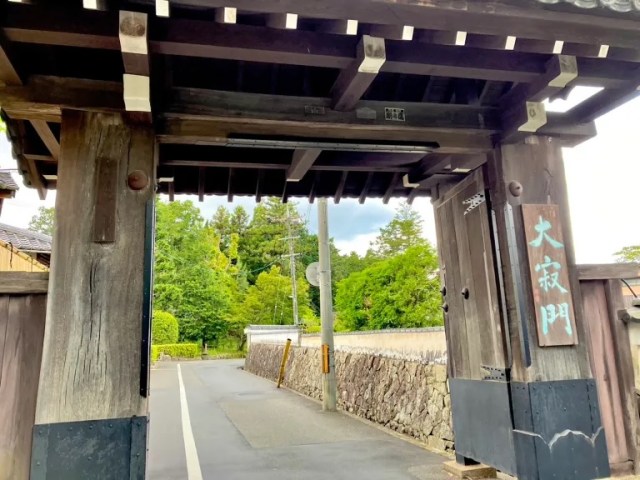
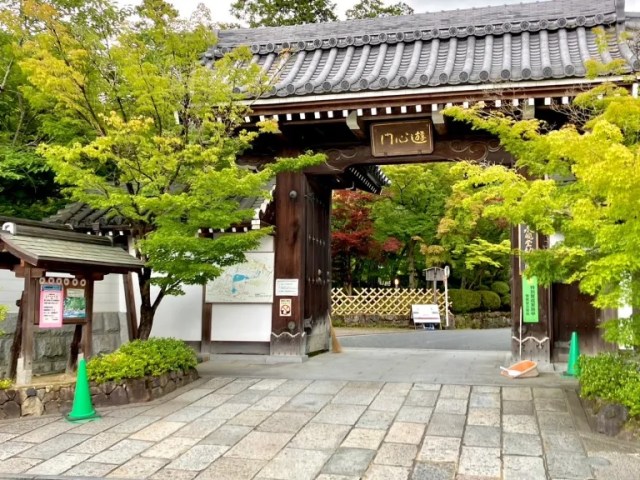
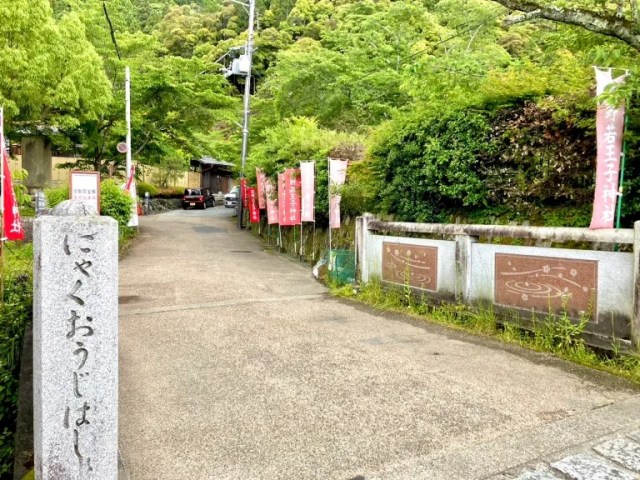
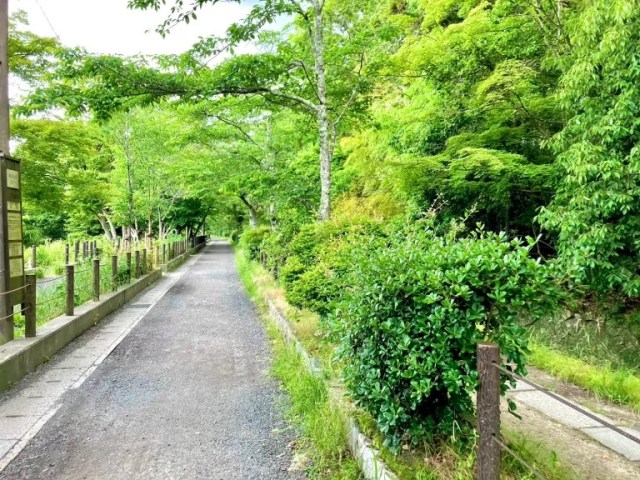
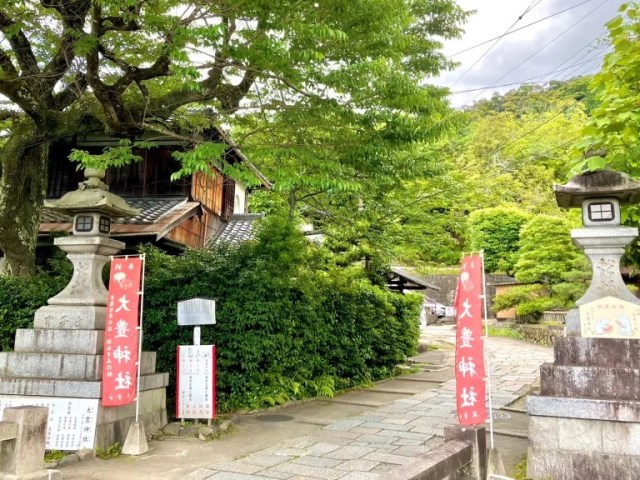
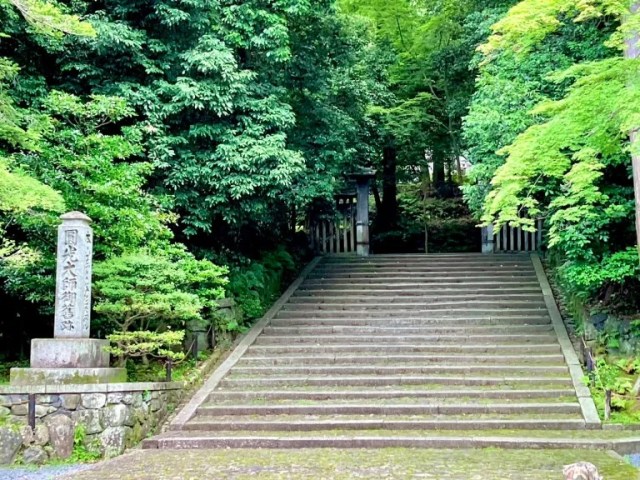
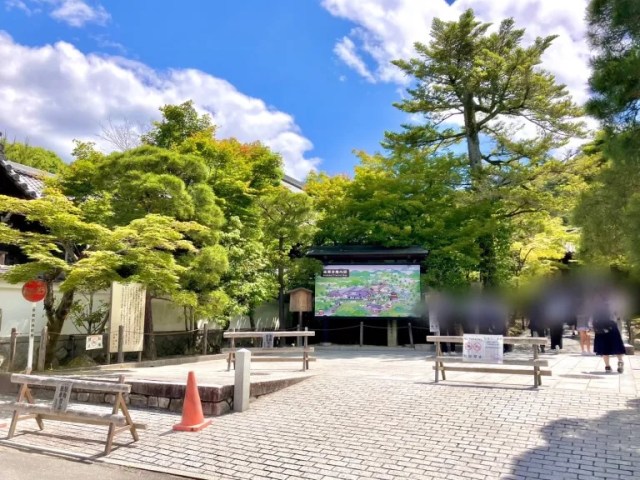
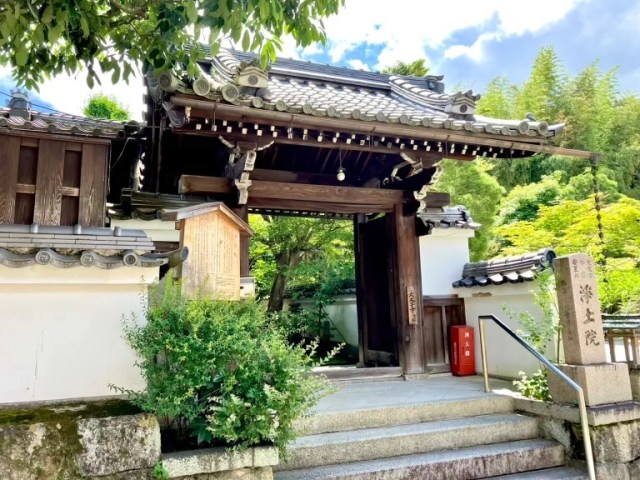
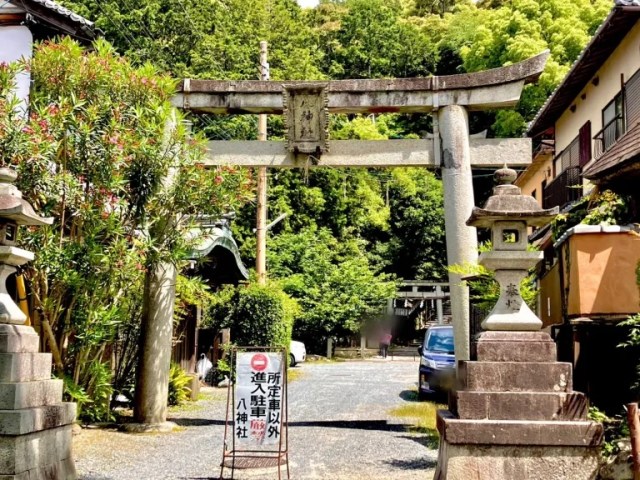
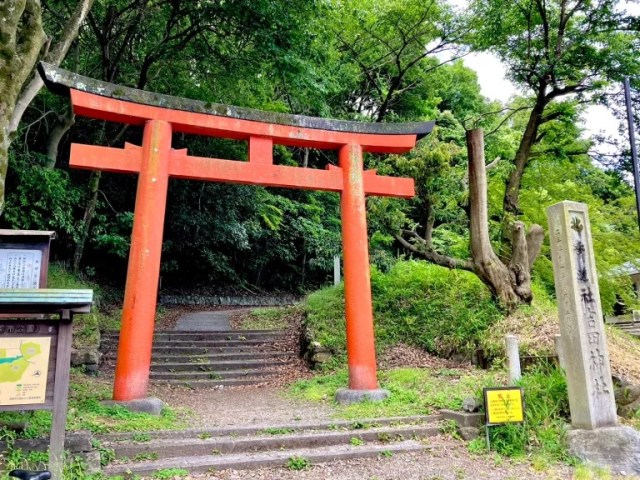
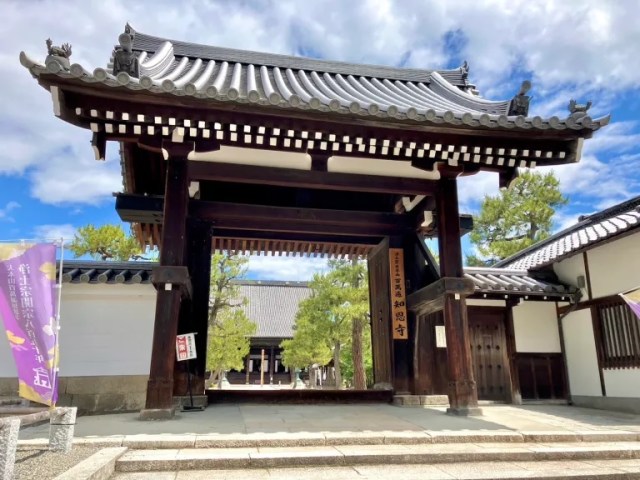
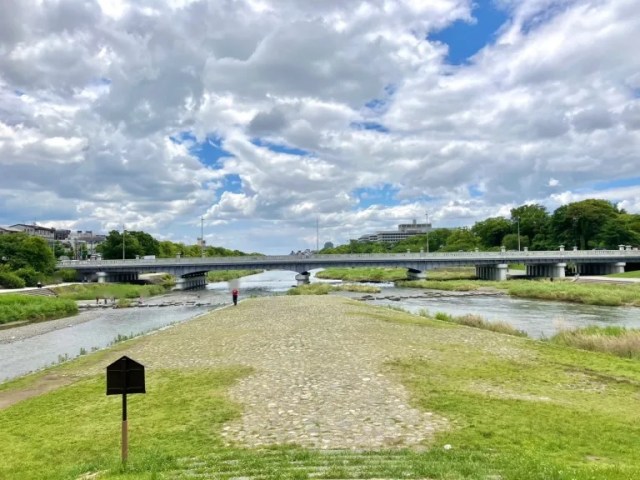
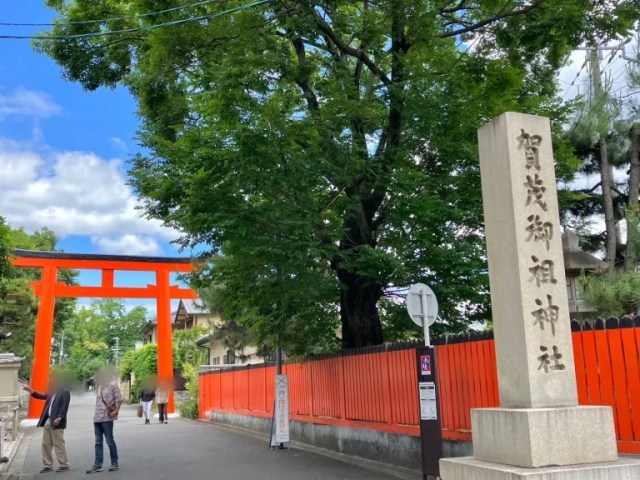
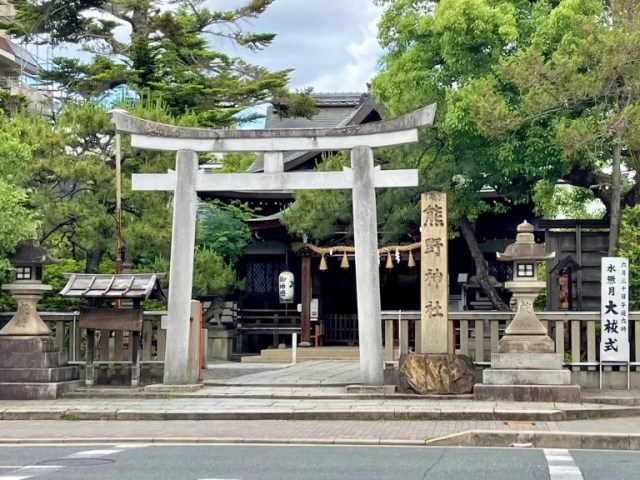
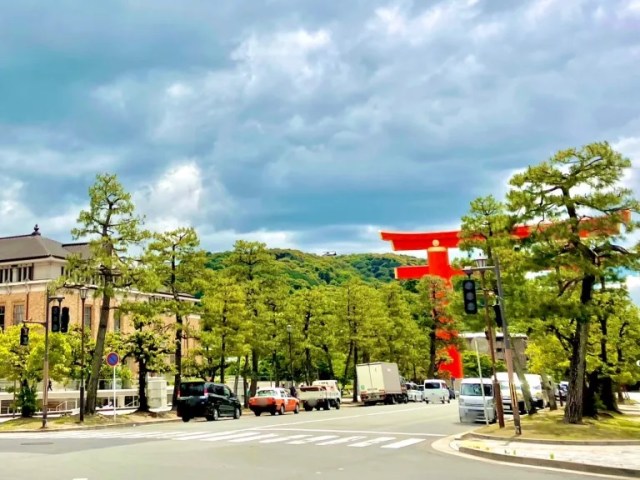
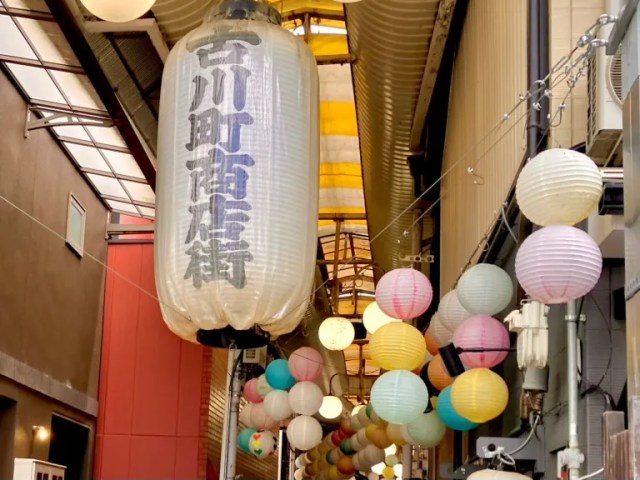
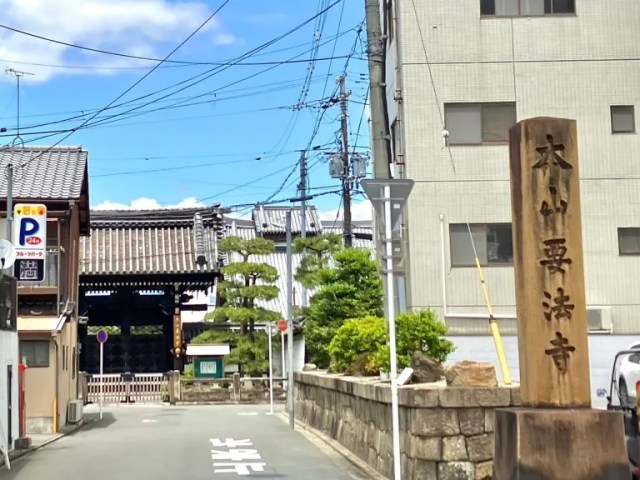
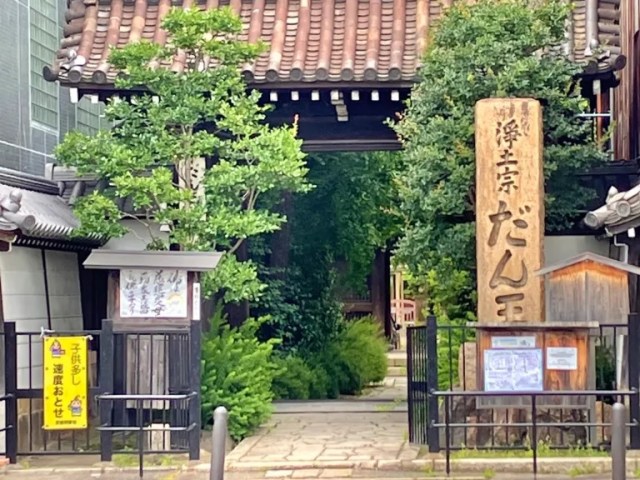
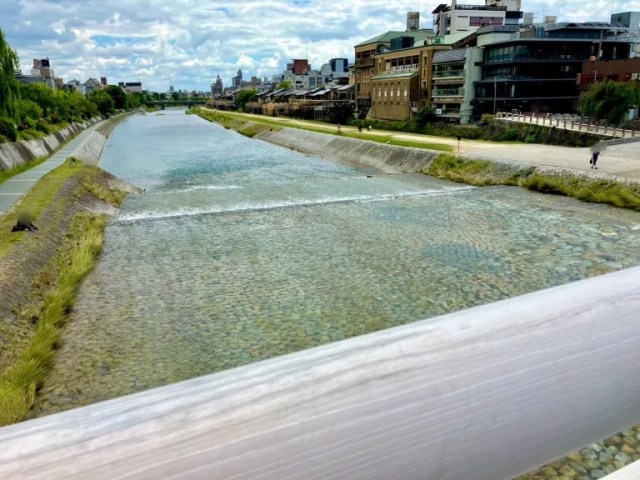
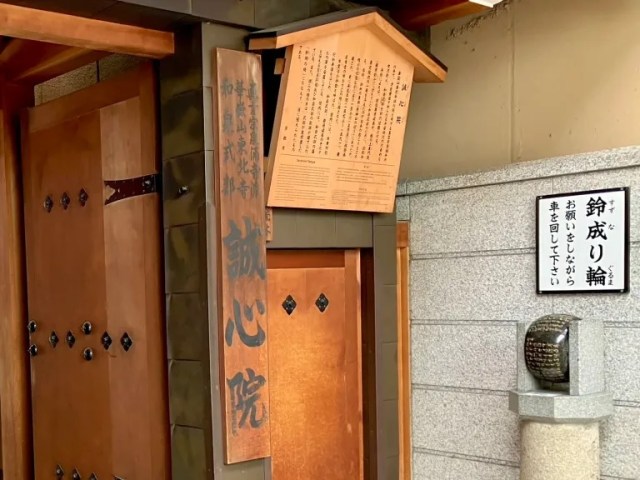
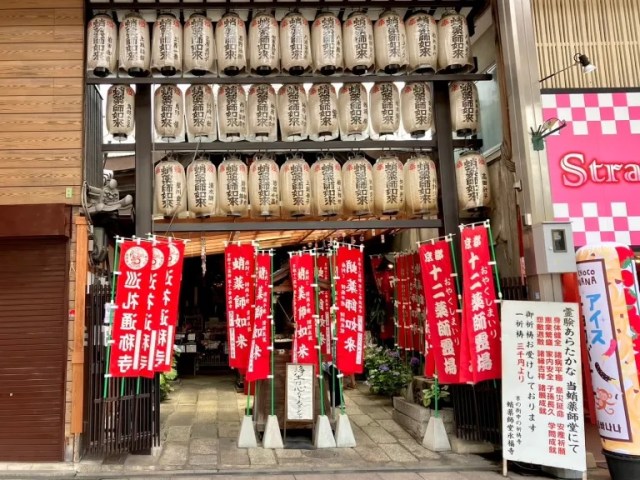
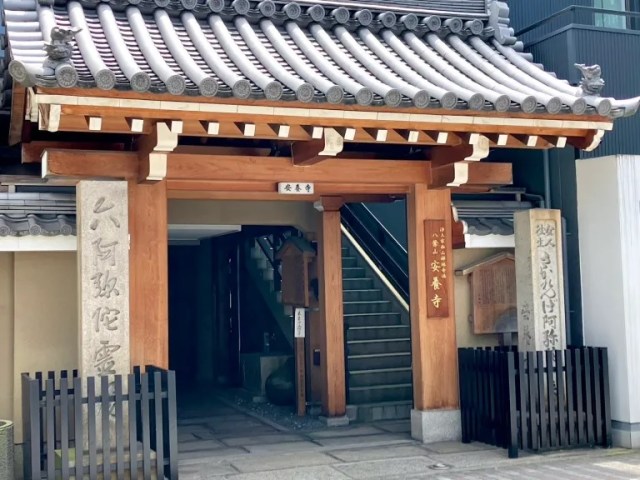
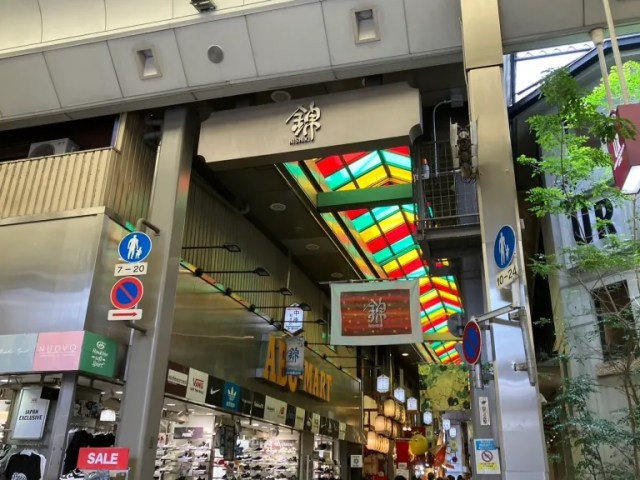
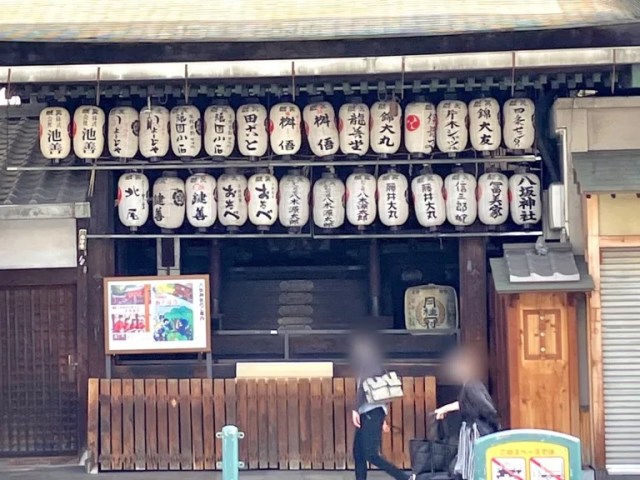
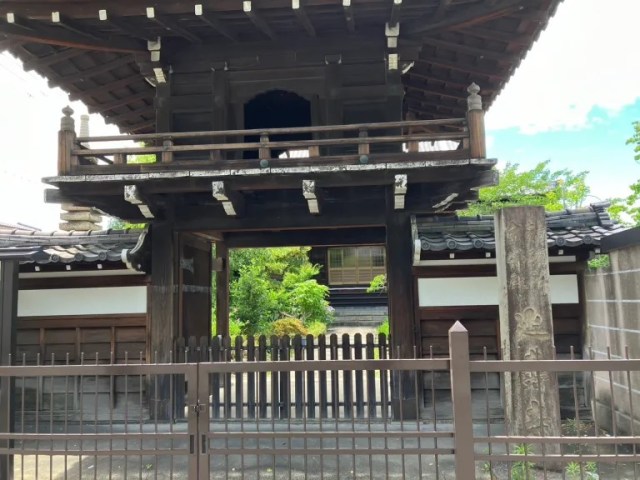
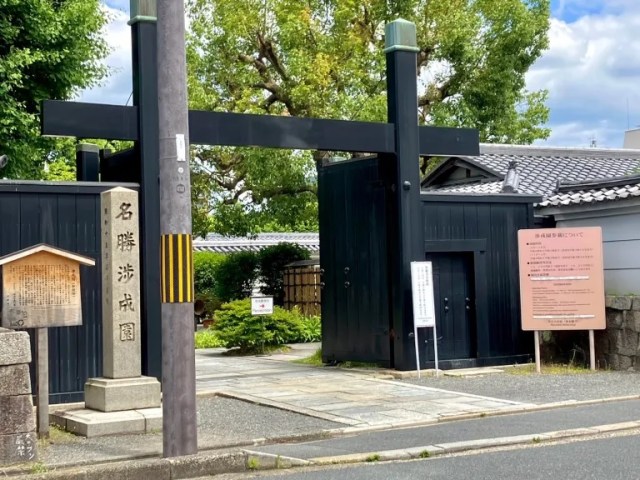
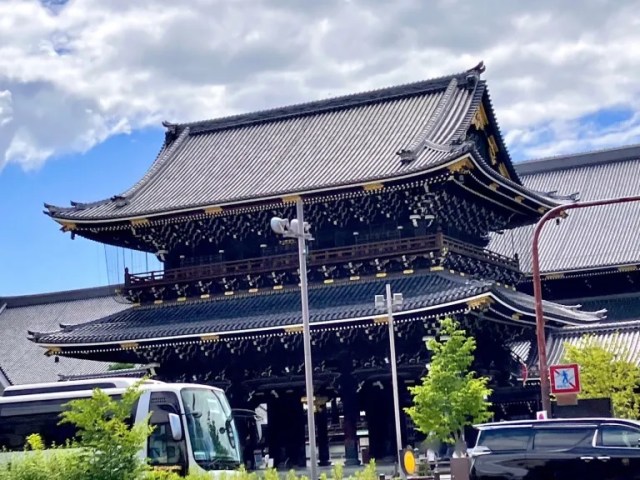
 No-bus Kyoto sightseeing! SoraNews24’s ultimate on-foot guide for Japan’s former capital【Part 4】
No-bus Kyoto sightseeing! SoraNews24’s ultimate on-foot guide for Japan’s former capital【Part 4】 No-bus Kyoto sightseeing! SoraNews24’s ultimate on-foot guide for Japan’s former capital【Part 1】
No-bus Kyoto sightseeing! SoraNews24’s ultimate on-foot guide for Japan’s former capital【Part 1】 No-bus Kyoto sightseeing! SoraNews24’s ultimate on-foot guide for Japan’s former capital【Part 2】
No-bus Kyoto sightseeing! SoraNews24’s ultimate on-foot guide for Japan’s former capital【Part 2】 Fire breaks out in Kyoto hotel, mobile battery to blame
Fire breaks out in Kyoto hotel, mobile battery to blame Tokyo big walk – Walking from Tokyo Station to the Big Sight convention center on Tokyo Bay【Pics】
Tokyo big walk – Walking from Tokyo Station to the Big Sight convention center on Tokyo Bay【Pics】 Hayao Miyazaki says Happy New Year to Studio Ghibli fans with new art for Year of the Horse
Hayao Miyazaki says Happy New Year to Studio Ghibli fans with new art for Year of the Horse We revisited Sweets Paradise after a decade to see if Japan’s dessert buffet still delivers
We revisited Sweets Paradise after a decade to see if Japan’s dessert buffet still delivers Starbucks Japan unveils new S’mores Frappuccino and latte for Christmas 2025
Starbucks Japan unveils new S’mores Frappuccino and latte for Christmas 2025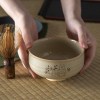 Studio Ghibli adds magic to your matcha with new tea ceremony whisk and bowl
Studio Ghibli adds magic to your matcha with new tea ceremony whisk and bowl Popular Japanese store Loft reveals their top 12 most popular items sold in 2018【Pictures】
Popular Japanese store Loft reveals their top 12 most popular items sold in 2018【Pictures】 Our batch of homemade Oreos – Why didn’t we think of this before?
Our batch of homemade Oreos – Why didn’t we think of this before? Dragon Quest Burgers and Slime drinks are coming to McDonald’s Japan【Video】
Dragon Quest Burgers and Slime drinks are coming to McDonald’s Japan【Video】 Winter walking event takes you around Totoro forest loved by Hayao Miyazaki
Winter walking event takes you around Totoro forest loved by Hayao Miyazaki How often do Japanese people rip silent farts? Survey investigates
How often do Japanese people rip silent farts? Survey investigates Studio Ghibli’s new desktop Howl’s Moving Castle will take your stationery on an adventure
Studio Ghibli’s new desktop Howl’s Moving Castle will take your stationery on an adventure Starbucks Japan ready to get Year of the Horse started with adorable drinkware and plushies【Pics】
Starbucks Japan ready to get Year of the Horse started with adorable drinkware and plushies【Pics】 Cyberpunk anime meets traditional culture in Ghost in the Shell gold leaf Japanese changing screens
Cyberpunk anime meets traditional culture in Ghost in the Shell gold leaf Japanese changing screens 7 great places to see Mt. Fuji from without having to climb it
7 great places to see Mt. Fuji from without having to climb it Hello Kitty Choco Egg figures are an adorable trip through three periods of Japanese pop culture【Pics】
Hello Kitty Choco Egg figures are an adorable trip through three periods of Japanese pop culture【Pics】 7-Eleven Japan’s ramen-cooking robot whipped us up a bowl of noodles【Taste test】
7-Eleven Japan’s ramen-cooking robot whipped us up a bowl of noodles【Taste test】 We found possibly the quietest Japanese-style hotel in Tokyo’s bustling Shinjuku district
We found possibly the quietest Japanese-style hotel in Tokyo’s bustling Shinjuku district Japan’s otoshidama tradition of giving kids money at New Year’s gets a social welfare upgrade
Japan’s otoshidama tradition of giving kids money at New Year’s gets a social welfare upgrade Sumo Sanrio! Hello Kitty and pals team up with Japan Sumo Association for new merch【Pics】
Sumo Sanrio! Hello Kitty and pals team up with Japan Sumo Association for new merch【Pics】 More Than a Capsule Stay: Why Solo Travelers Choose “global cabin Yokohama Chinatown”
More Than a Capsule Stay: Why Solo Travelers Choose “global cabin Yokohama Chinatown” Japan’s oldest largetooth sawfish in captivity back on display in Mie Prefecture
Japan’s oldest largetooth sawfish in captivity back on display in Mie Prefecture 7-Eleven Japan starts new temporary luggage storage service in over 300 branches
7-Eleven Japan starts new temporary luggage storage service in over 300 branches Disillusionment at Tsukiji’s tourist-target prices led us to a great ramen restaurant in Tokyo
Disillusionment at Tsukiji’s tourist-target prices led us to a great ramen restaurant in Tokyo Starbucks teams up with 166-year-old Kyoto doll maker for Year of the Horse decorations【Photos】
Starbucks teams up with 166-year-old Kyoto doll maker for Year of the Horse decorations【Photos】 Tokyo considering law requiring more trash cans following litter increase in heavily touristed area
Tokyo considering law requiring more trash cans following litter increase in heavily touristed area Tokyo’s Tsukiji sushi neighborhood asks tour groups to stay away for the rest of the month
Tokyo’s Tsukiji sushi neighborhood asks tour groups to stay away for the rest of the month Tokyo event lets you travel back in time, for free, to celebrate 100 years since Showa era start
Tokyo event lets you travel back in time, for free, to celebrate 100 years since Showa era start Sanrio theme park in Japan announces plans to expand into a Sanrio resort
Sanrio theme park in Japan announces plans to expand into a Sanrio resort Japan may add Japanese language proficiency, lifestyle classes to permanent foreign resident requirements
Japan may add Japanese language proficiency, lifestyle classes to permanent foreign resident requirements Stamina-destroying “Paralysis Noodles” are Tokyo’s newest over-the-top ramen innovation
Stamina-destroying “Paralysis Noodles” are Tokyo’s newest over-the-top ramen innovation Survey asks foreign tourists what bothered them in Japan, more than half gave same answer
Survey asks foreign tourists what bothered them in Japan, more than half gave same answer Japan’s human washing machines will go on sale to general public, demos to be held in Tokyo
Japan’s human washing machines will go on sale to general public, demos to be held in Tokyo Japan’s deadliest food claims more victims, but why do people keep eating it for New Year’s?
Japan’s deadliest food claims more victims, but why do people keep eating it for New Year’s? We deeply regret going into this tunnel on our walk in the mountains of Japan
We deeply regret going into this tunnel on our walk in the mountains of Japan Studio Ghibli releases Kodama forest spirits from Princess Mononoke to light up your home
Studio Ghibli releases Kodama forest spirits from Princess Mononoke to light up your home Major Japanese hotel chain says reservations via overseas booking sites may not be valid
Major Japanese hotel chain says reservations via overseas booking sites may not be valid Put sesame oil in your coffee? Japanese maker says it’s the best way to start your day【Taste test】
Put sesame oil in your coffee? Japanese maker says it’s the best way to start your day【Taste test】 No more using real katana for tourism activities, Japan’s National Police Agency says
No more using real katana for tourism activities, Japan’s National Police Agency says Starbucks Japan reveals new sakura drinkware collection, inspired by evening cherry blossoms
Starbucks Japan reveals new sakura drinkware collection, inspired by evening cherry blossoms Updated cherry blossom forecast shows extra-long sakura season for Japan this year
Updated cherry blossom forecast shows extra-long sakura season for Japan this year Tokyo’s busiest train line to be partially shut down this weekend as part of Shibuya renovations
Tokyo’s busiest train line to be partially shut down this weekend as part of Shibuya renovations Tokyo’s 400-year-old Shinto shrine welcomes Roombas to help with annual susuosame ceremony【Video】
Tokyo’s 400-year-old Shinto shrine welcomes Roombas to help with annual susuosame ceremony【Video】 Tokyo shrine hosts event for anime fans ready to let go and recycle character keychains, standees
Tokyo shrine hosts event for anime fans ready to let go and recycle character keychains, standees “Men-only train car” to run in Tokyo as part of “Weak Men’s” association awareness campaign
“Men-only train car” to run in Tokyo as part of “Weak Men’s” association awareness campaign Studio Ghibli art train to run in Tokyo at anime film’s real-world location
Studio Ghibli art train to run in Tokyo at anime film’s real-world location Biking around Tama Lake: A super-easy, super-relaxing afternoon getaway from downtown Tokyo【Pics】
Biking around Tama Lake: A super-easy, super-relaxing afternoon getaway from downtown Tokyo【Pics】 How to do an overnight bus trip to Tokushima from Tokyo – Part 2【Photos】
How to do an overnight bus trip to Tokushima from Tokyo – Part 2【Photos】 Pokémon Psyduck perfectly guest stars in animated version of one of Japan’s most famous paintings
Pokémon Psyduck perfectly guest stars in animated version of one of Japan’s most famous paintings Man passes away on Tokyo train, no one notices until nearly 12 hours and 650 kilometers later
Man passes away on Tokyo train, no one notices until nearly 12 hours and 650 kilometers later How to do an overnight bus trip to Hirosaki from Tokyo – Part 2【Photos】
How to do an overnight bus trip to Hirosaki from Tokyo – Part 2【Photos】 How to do an overnight bus trip to Hirosaki from Tokyo – Part 1【Photos】
How to do an overnight bus trip to Hirosaki from Tokyo – Part 1【Photos】 Mew makes Pokémon manhole project debut in the most crazy-remote part of Tokyo there is
Mew makes Pokémon manhole project debut in the most crazy-remote part of Tokyo there is Tokyo’s Yabai sweet potato shop lives up to its name with a truly yabai creation
Tokyo’s Yabai sweet potato shop lives up to its name with a truly yabai creation How far away from Tokyo can you get with 5,000 yen? Let’s find out!
How far away from Tokyo can you get with 5,000 yen? Let’s find out! Godzilla-shaped ice cream on sale in Tokyo near the sight his most adorable rampage
Godzilla-shaped ice cream on sale in Tokyo near the sight his most adorable rampage How to do an overnight bus trip to Tokushima from Tokyo – Part 1【Photos】
How to do an overnight bus trip to Tokushima from Tokyo – Part 1【Photos】
Leave a Reply